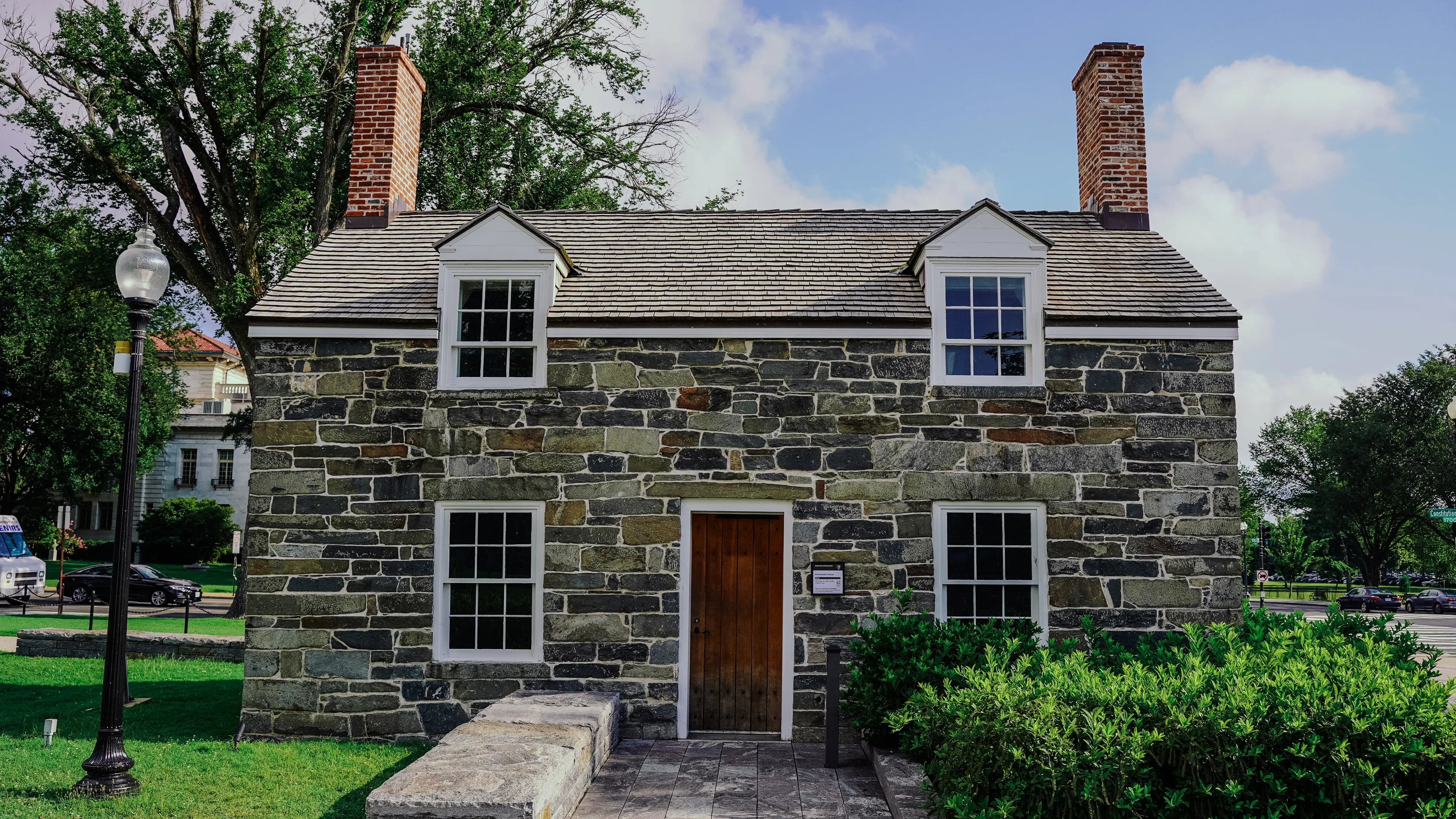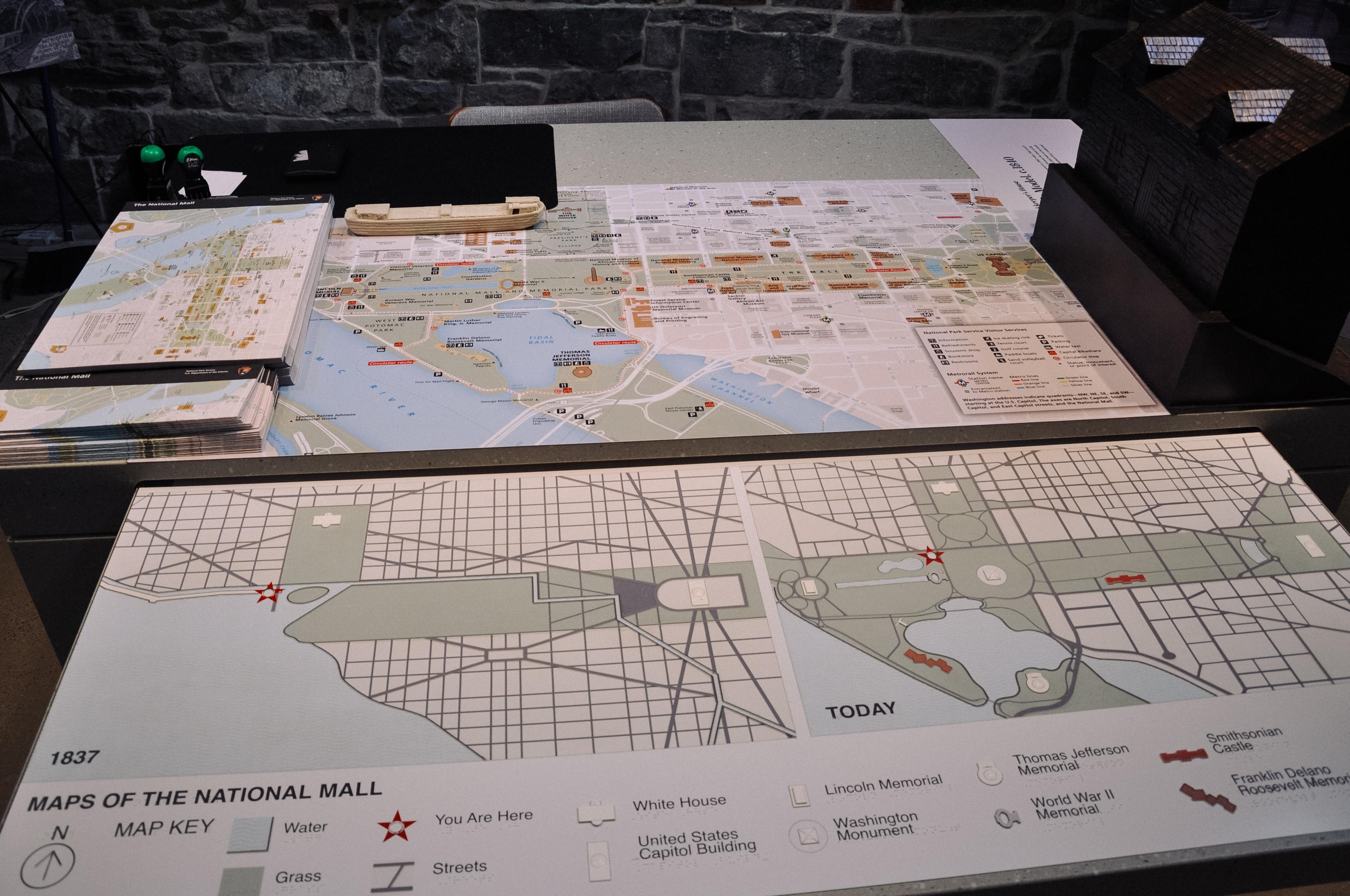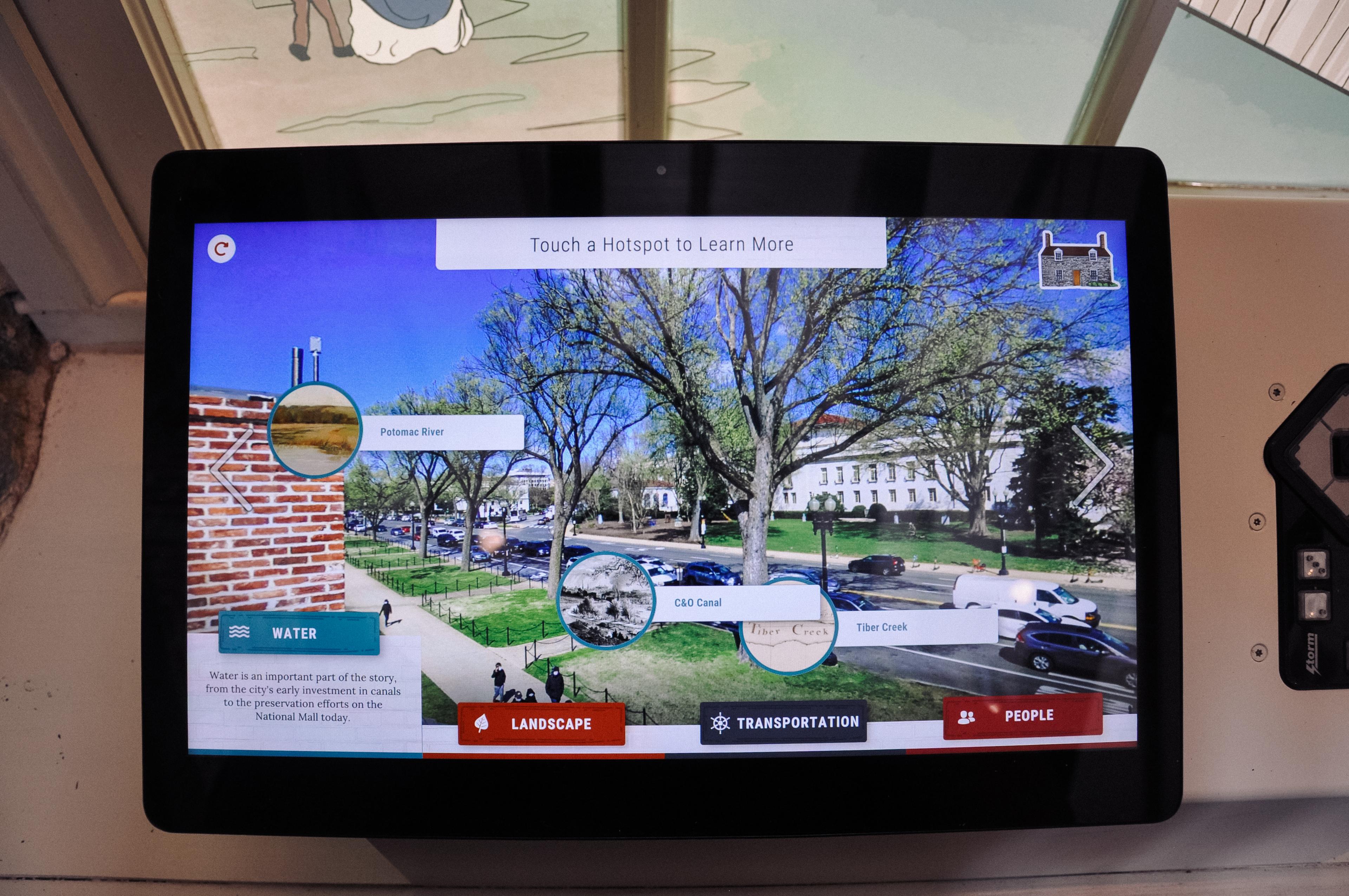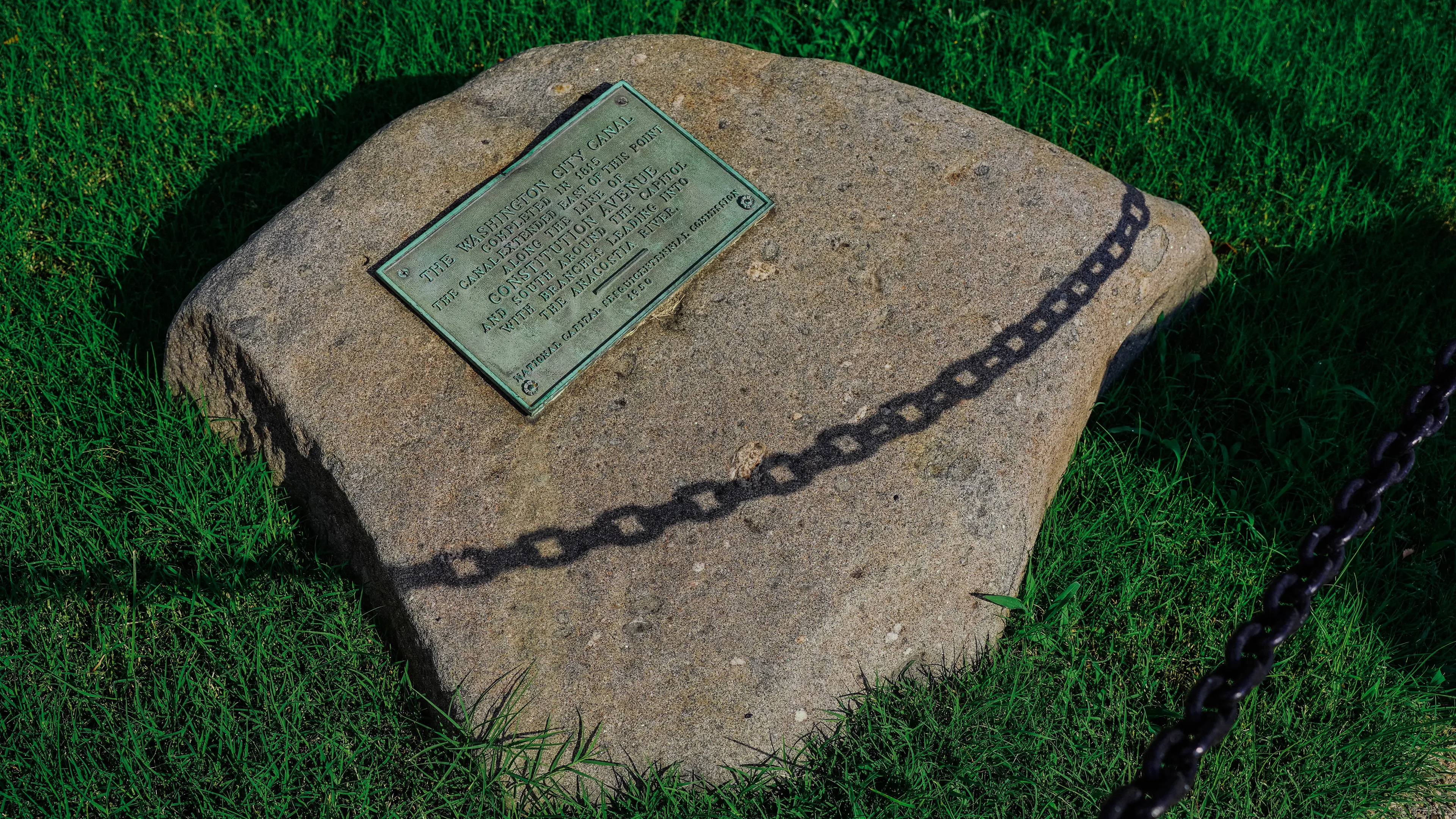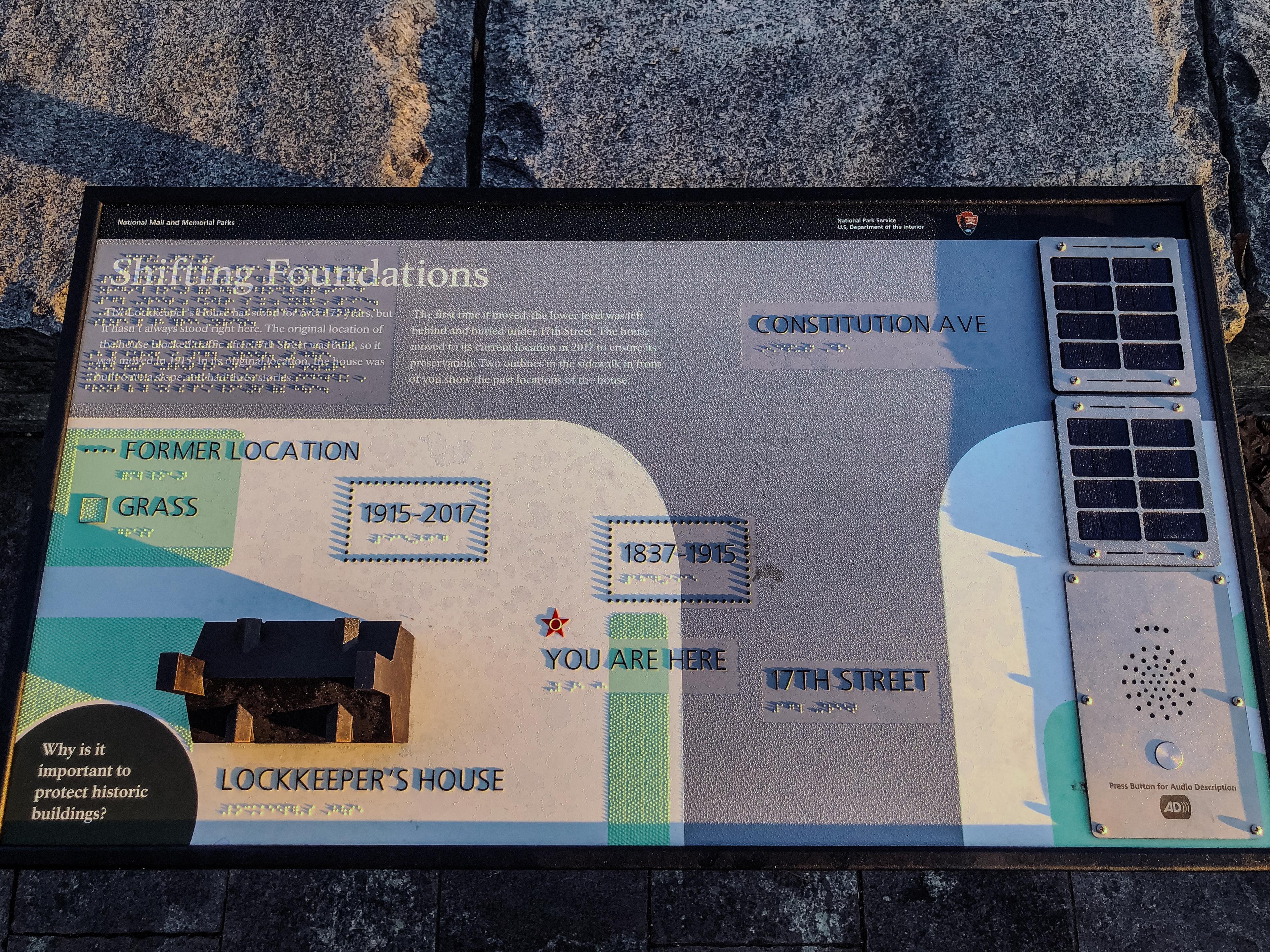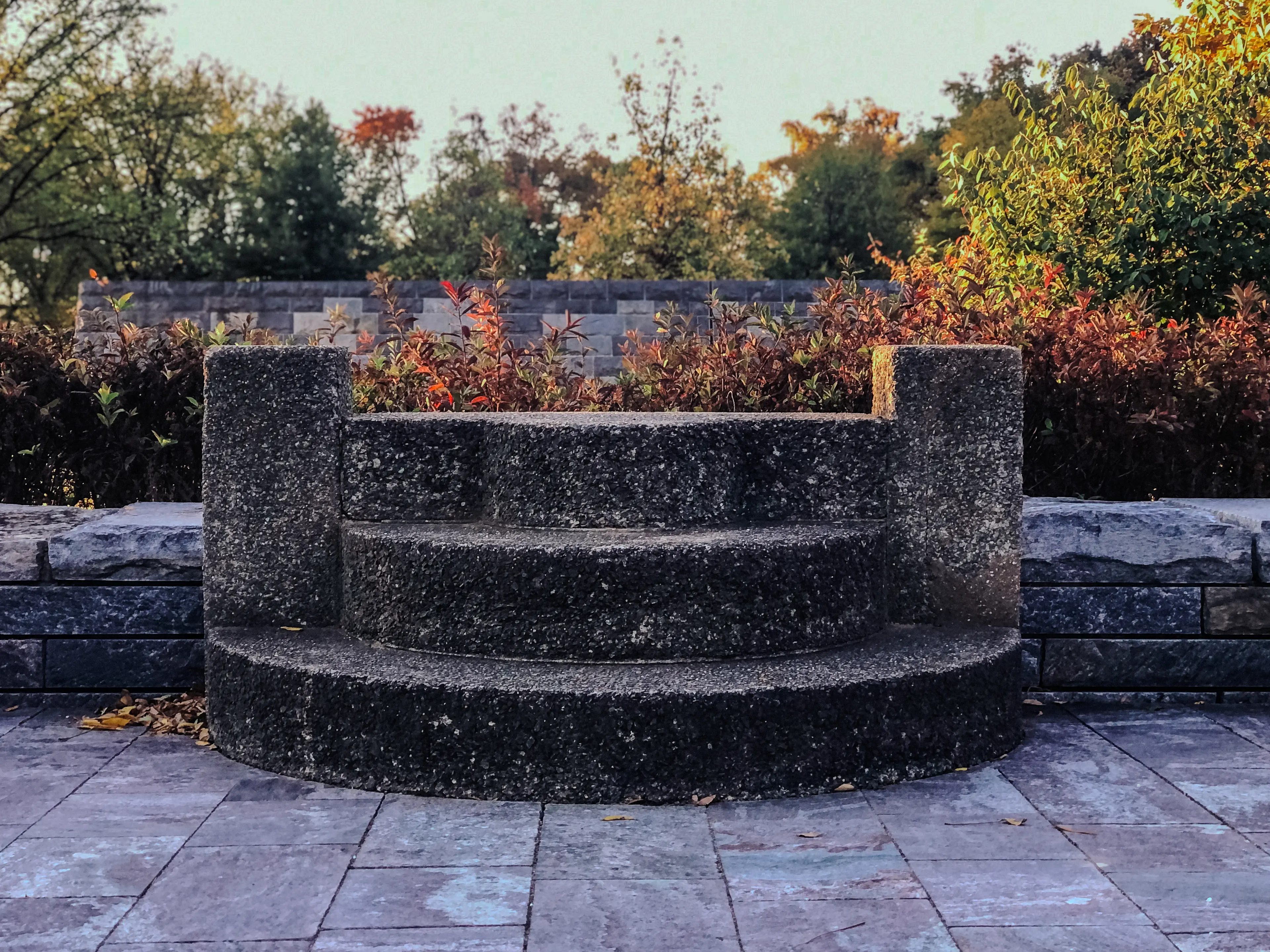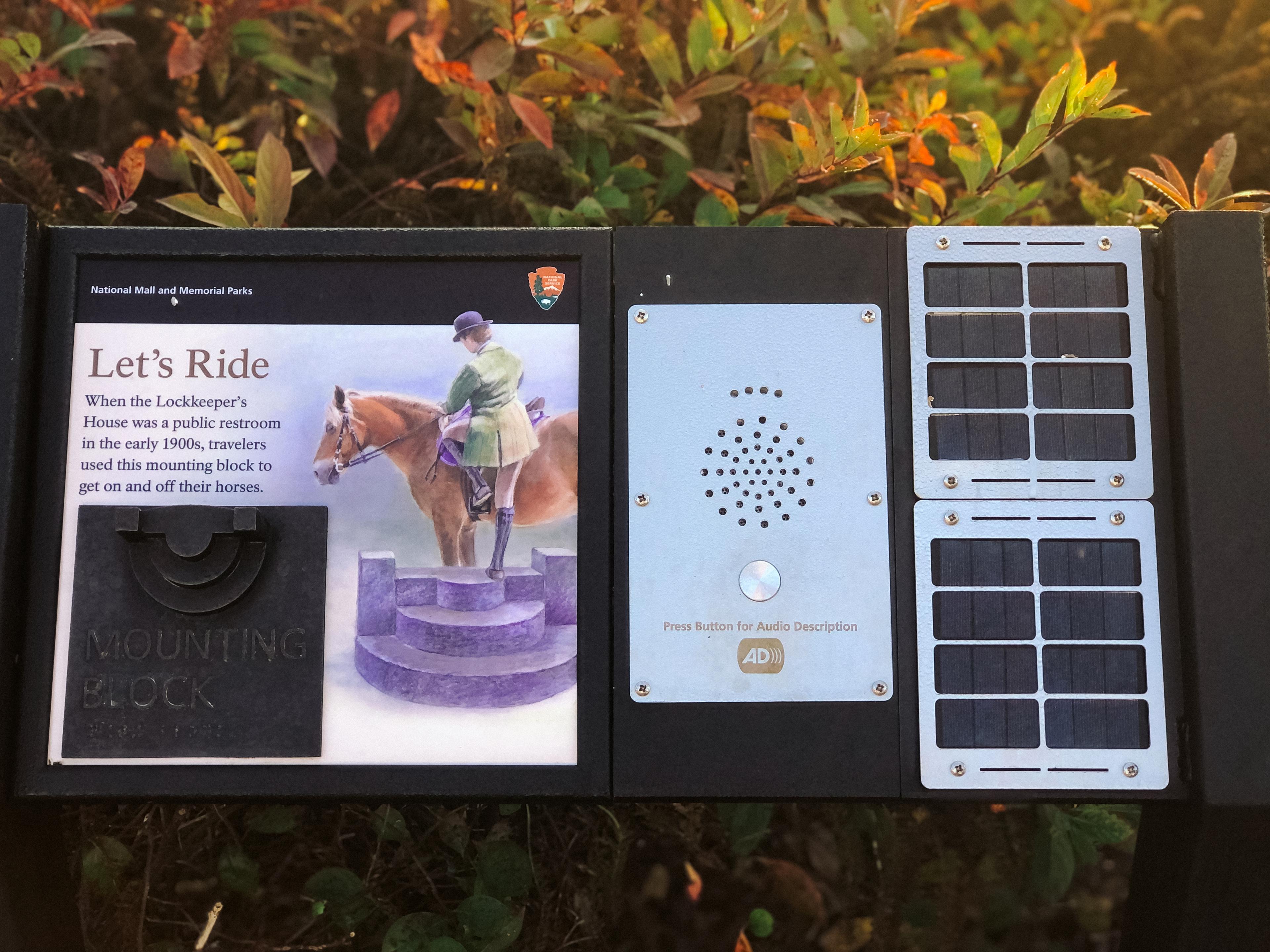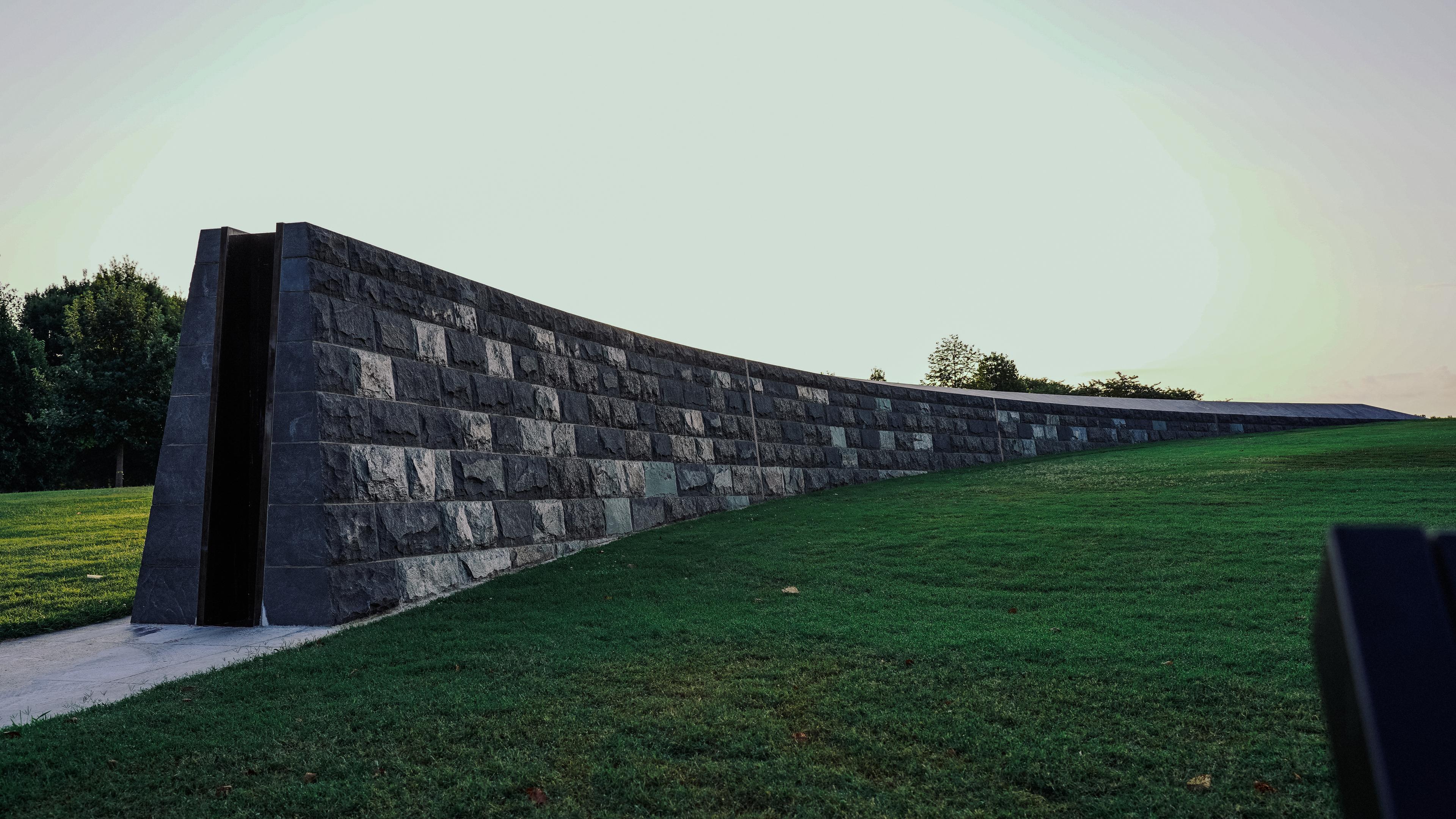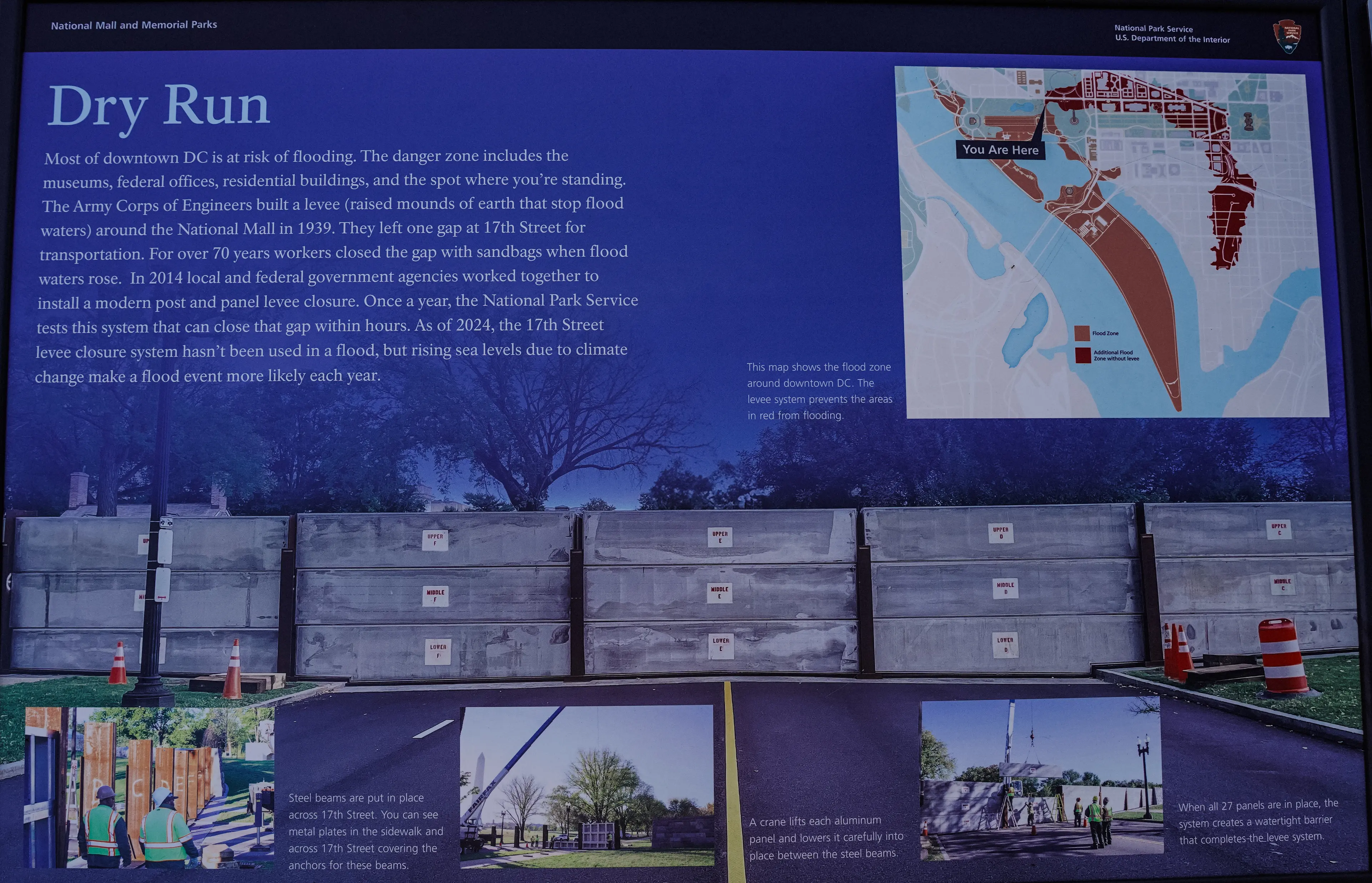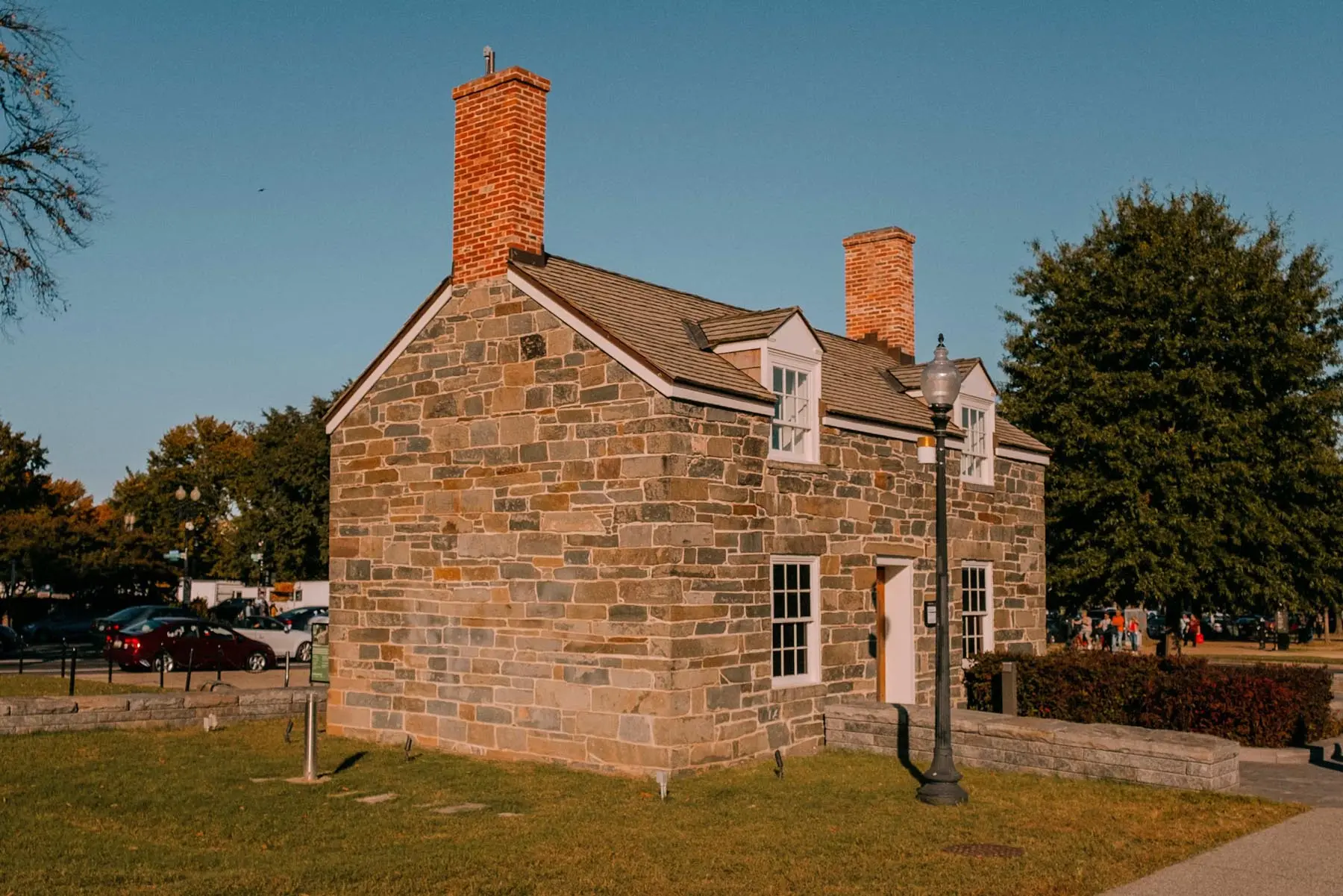
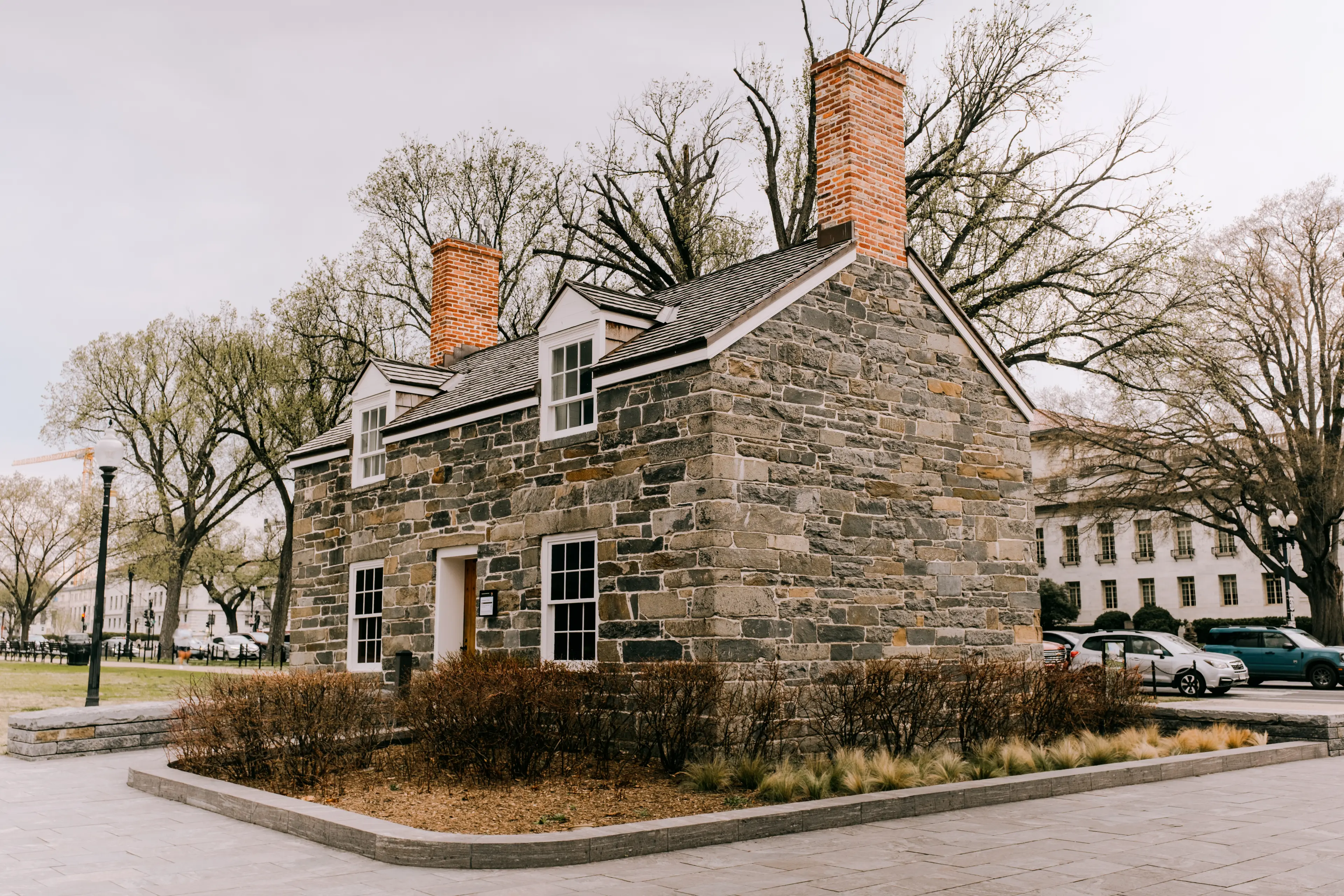
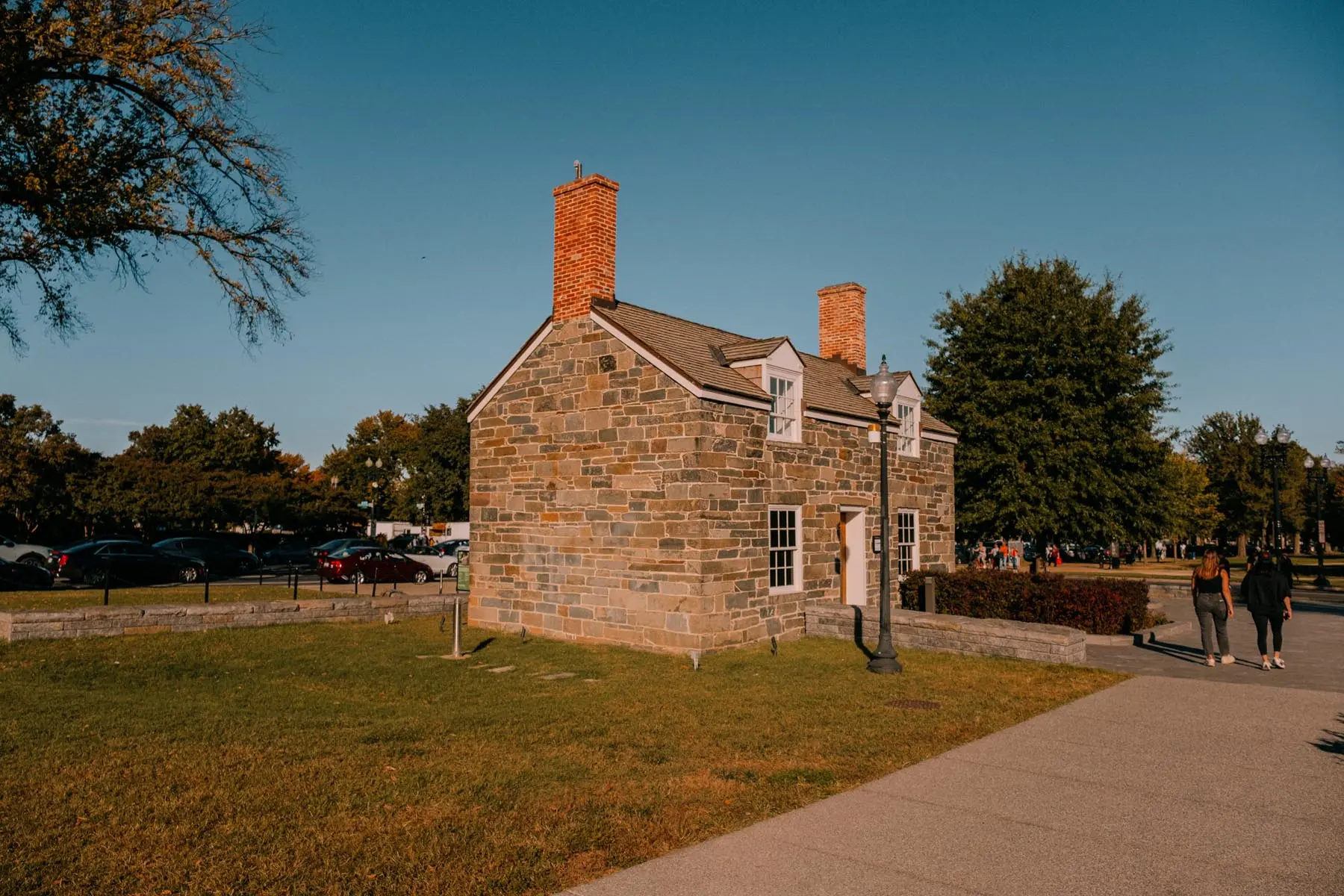
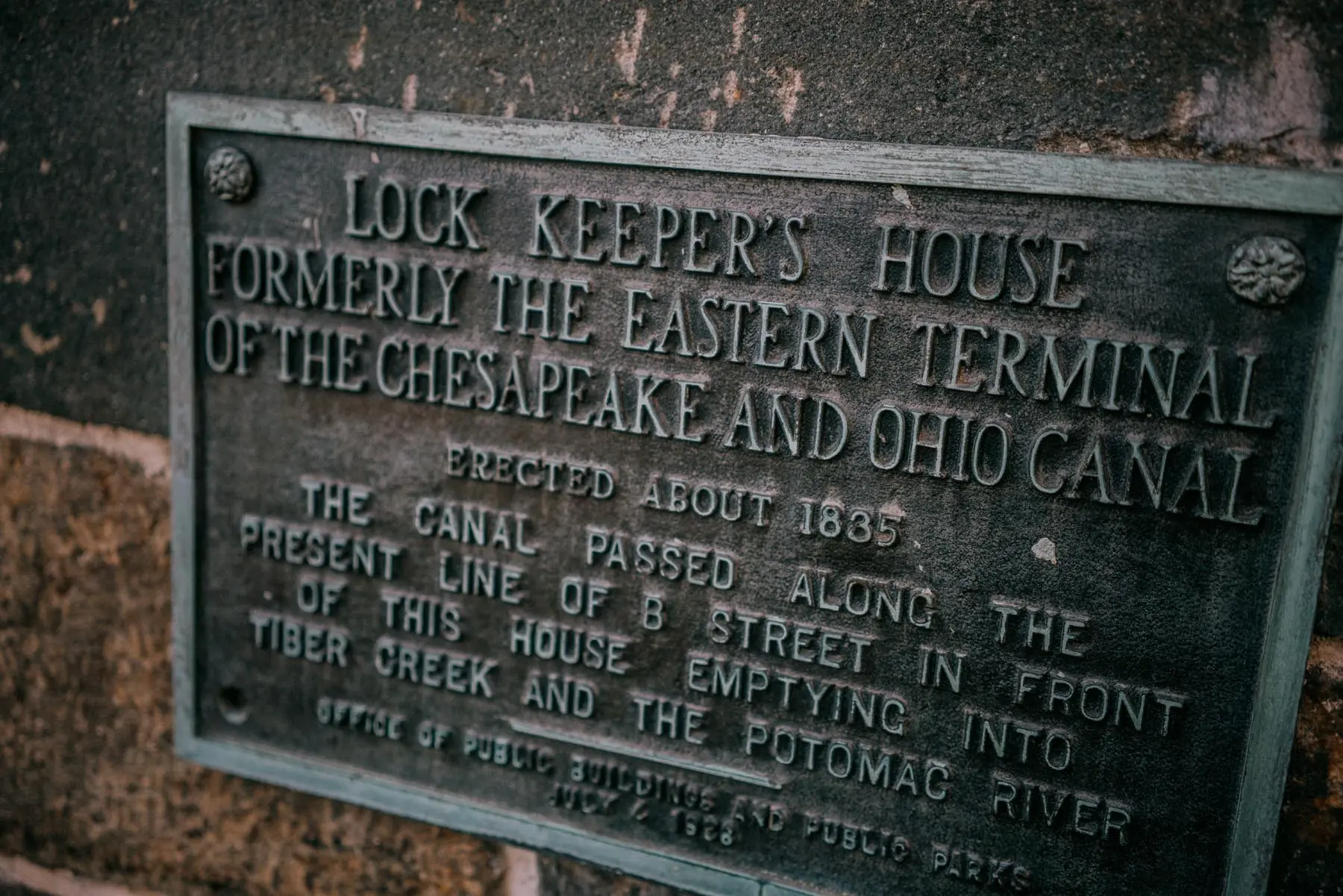
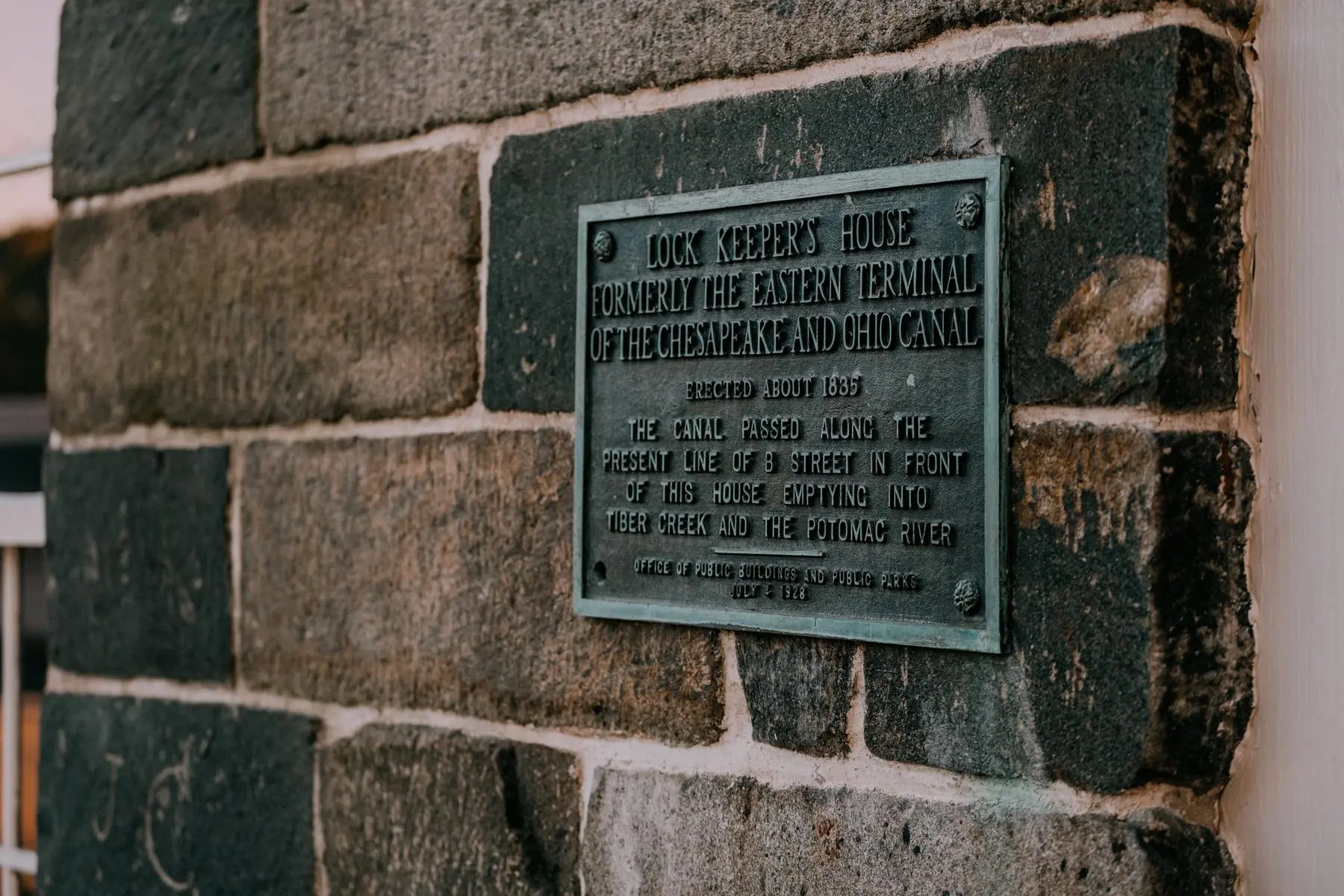
Lockkeeper’s House
Constitution Avenue NW & 17th Street NW, Washington, DC
Amenities
- Wheelchair accessible
- Lockkeeper's House Open Thurs–Sun: 11:00AM–3:00PM
- Food & drink — Retail options nearby
- Restrooms — Available south of the WWII Memorial
During the government shutdown, this site will be closed. For more information, please visit: doi.gov/shutdown
The Lockkeeper's House, a historic structure that dates to 1837, served as the residence and office for the lockkeeper of the canal lock connecting the Chesapeake and Ohio (C&O) Canal to the Washington City Canal, which was located near where the intersection of 17th Street NW and Constitution Avenue NW are today. The house is a reminder of the city's early transportation history and the importance of the canal system in the nineteenth century. The building is the oldest structure on the National Mall and has been preserved to showcase its historical significance.
The Lockkeeper's House has undergone several restorations to maintain its structural integrity and historical authenticity. Thanks to our generous volunteer staff, the House serves as an educational site where visitors can learn about the two canals' roles in the development of Washington DC from exhibits and historical interpretation. The house is a testament to the city's evolution from a canal-based transportation system to the modern urban landscape we see today.

Take a virtual stroll through this National Mall site
Videos
History
Timeline of events
Numerous indigenous American tribes inhabit the lands on and around the Mall, most notably the Nacotchtank people, whose fishing and trading revolved around the Tiber Creek upon which the Washington City Canal would be built.
A groundbreaking ceremony for the Washington City Canal’s construction was held.
The Washington City Canal, built along the route of Tiber Creek from the Potomac River on the north side of the Mall to the Anacostia River near Navy Yard, opened to traffic.
Ground is broken in the construction of the Chesapeake and Ohio Canal in Brookmont, MD (just outside of DC city limits), attended by President John Quincy Adams. The ceremony was held at what would eventually become Lock 6 on the canal; at this point in time, there was still debate over where the eastern terminus of the C&O should be, especially whether or not the canal should extend all the way into DC.
The C&O Canal initially opens with its eastern terminus being Little Falls, near the present-day western corner of DC. The Canal was extended to Georgetown the following year.
The ‘Washington Branch’ extension of the C&O Canal extends its eastern terminus a mile and a half further, connecting with the western terminus of the Washington City Canal at the mouth of the Tiber Creek.
Sometime between 1831-1837, depending on sources, the C&O Canal Company constructs a two and a half story stone house to serve as the gate house and quarters for the lockkeeper for the canal lock connecting the C&O Canal and the Washington City Canal, becoming the Lockkeeper’s House.
By the 1850s, due to increased reliance on rail transportation for goods, the Civil War, and the use of the canal as a sewage and storm drain, the Washington City Canal fell into disuse and disrepair. Because of siltation and odors, portions of the Washington City Canal were covered over and others filled in. The height of the Lockkeeper's House was reduced to one-and-a-half stories.
B Street North (now Constitution Avenue) was built on top of the main length of the covered and filled-in Washington City Canal between 15th Street and Virginia Ave. This leaves the Lockkeepers’ House at the southwest corner of the intersection at B Street North and 17th Street.
Using material from Ripp’s Island, a small stretch of land in the Tiber Creek, construction began on the Babcock Lake ponds in the former Washington City Canal, designated as fisheries by the United States Commission of Fish and Fisheries. These ponds were used for breeding Eurasian carp (𝘊𝘺𝘱𝘳𝘪𝘯𝘶𝘴 𝘤𝘢𝘳𝘱𝘪𝘰), at the time a major food fish, as well as turtles and aquatic plants. These ponds would also be the start of the (now-defunct) National Aquarium in DC, also part of the US Fish Commission, relocated from Massachusetts that same year.
The Lockkeeper's House was transferred from the canal company to the Chief of Engineers.
The Lockkeeper's House was partially renovated to serve as the US Park Police headquarters; the roof and floors were replaced, and four dormer windows and a holding cell were added.
B Street NW extended through the newly created West Potomac Park between Virginia Ave. NW and 23rd St. NW.
The Lockkeeper's House was moved about fifty feet out of the intersection of 17th St. and Constitution Ave., and its surroundings were landscaped. Two new stone chimneys were built on the house, and the roof was replaced again.
President Herbert Hoover signs into law a public resolution renaming B Street North as Constitution Avenue.
The Lockkeeper’s House is moved approximately fifty feet southwest of its previous location, away from the busy intersection at 17th St. and Constitution Ave. NW. Additionally, the House is restored to its pre-1915 modification exterior, restoring its 19th century appearance.
Key Features
Reflection Questions
High school learners: Our nation’s past is complex and often provokes reflection, especially as we look to the future. Here are a few questions to inspire deeper thinking:
- How did the Washington City Canal impact the economy of early Washington, D.C.?
- Why is historical structure preservation so important in urban areas?
- How does the Lockkeeper's House reflect the broader history of transportation in the United States?
Educational Activities
Other Resources
Interested in learning more? The following links will provide you with additional context and information:
- Trust for the National Mall: Lockkeeper's House
- Trust for the National Mall: Become a Volunteer
- National Park Service: Lockkeeper's House
- National Park Service: Chesapeake and Ohio Canal National Historical Park
- National Park Service: Washington Canal
- National Park Service: C&O Canal Lockhouse 6 Canal Quarters
